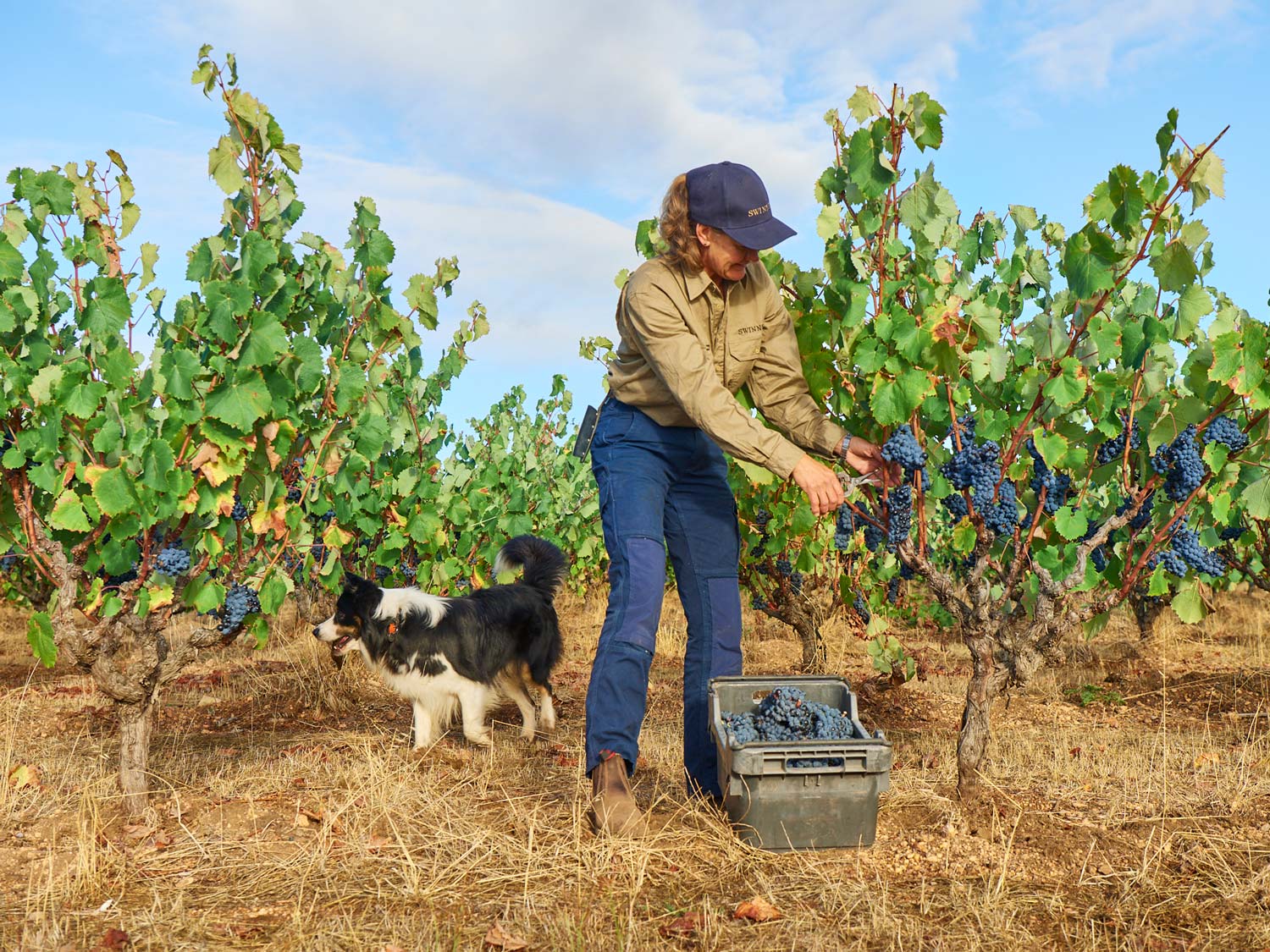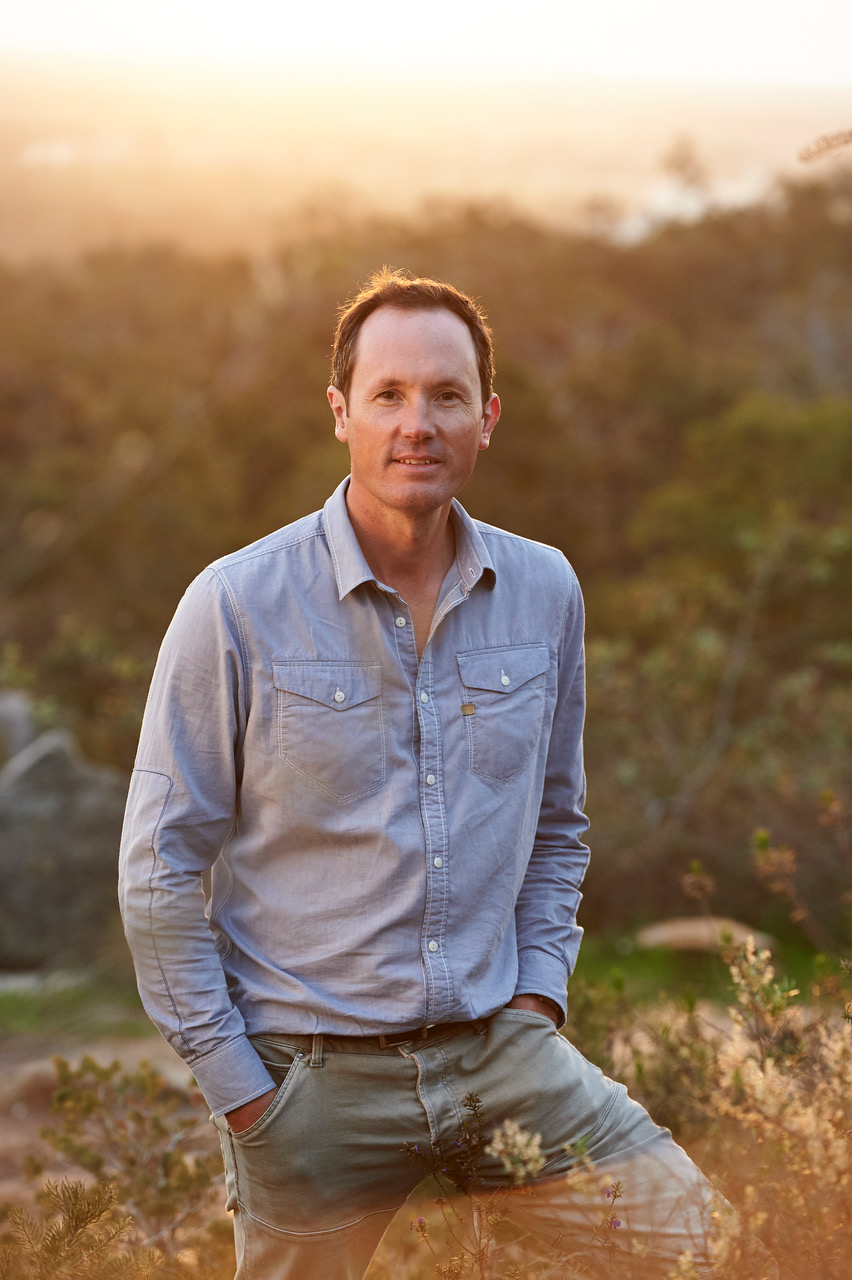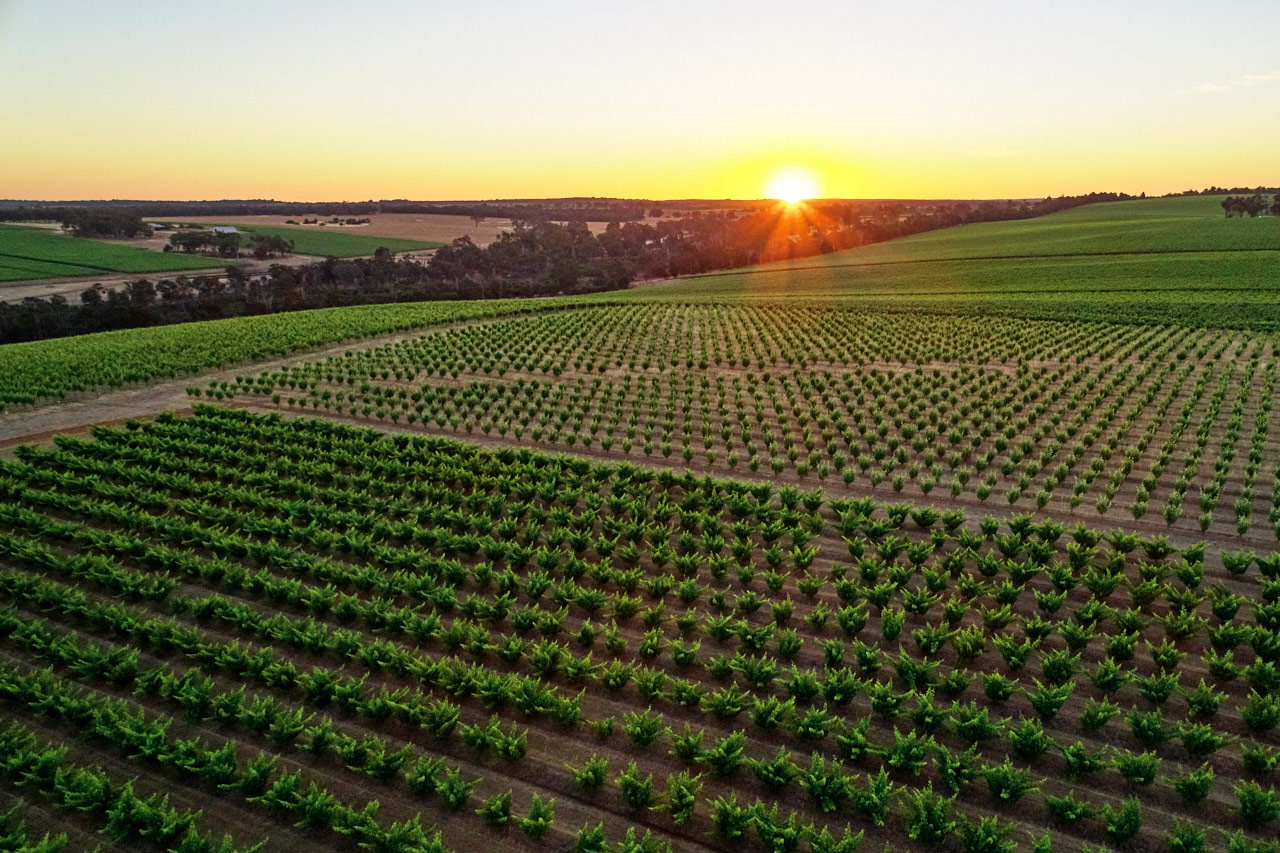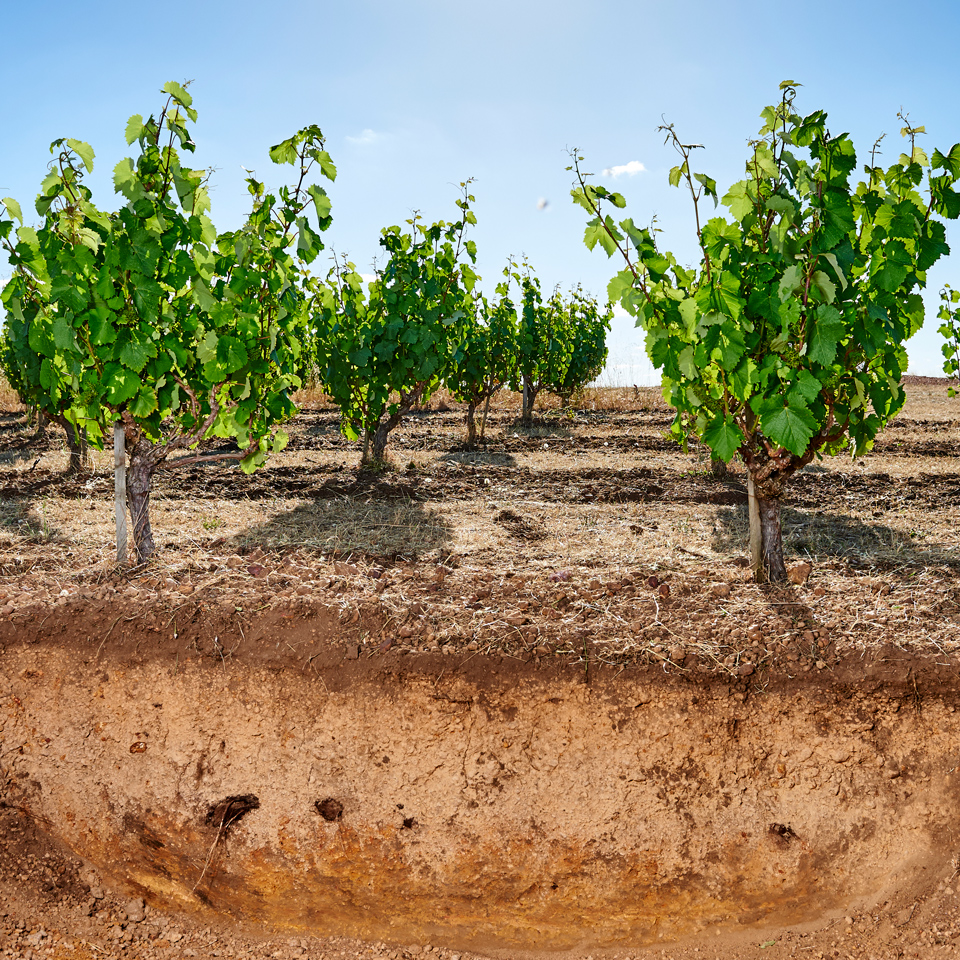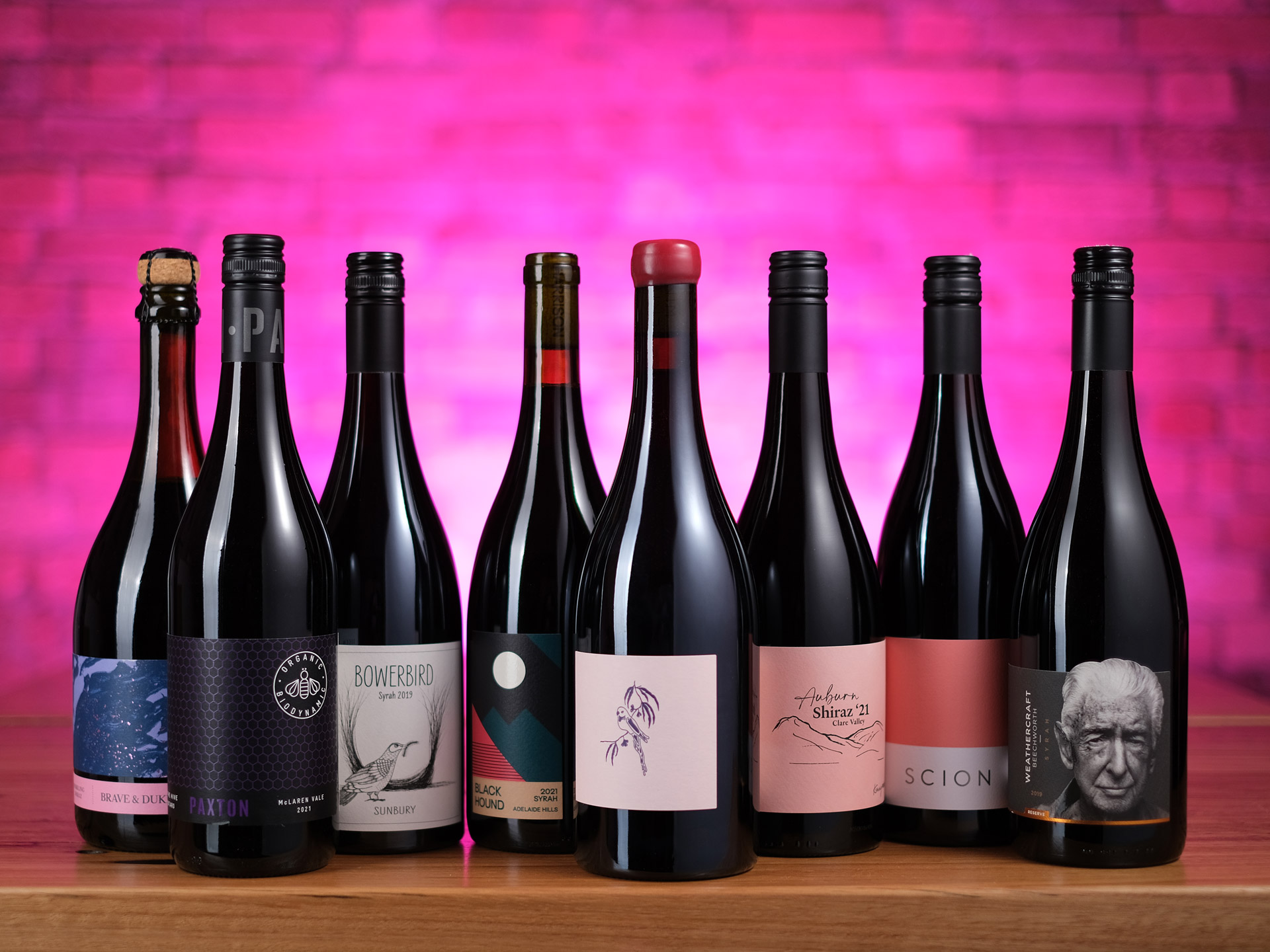The Swinney Vineyard – Australia’s Vineyard of the Year in 2020 – was first planted in 1998, but the family only introduced their eponymous wine label in the last decade. In that short time, they have become renowned for expressing their ironstone-rich soils, unique mild climate and innovative viticulture primarily through the lens of Rhône varieties. In particular – what was called a folly by many at the time – their investment in bush vine mourvèdre has proven revelatory. Often relegated to a role player in blended wines, we caught up with winemaker Rob Mann to get an insight into making single varietal mourvèdre and to review the latest release.
In the remote Western Australian region of Frankland River, a revolution is occurring. Just as we associate certain varieties in Australia with producers and regions, in Frankland River Swinney is elevating mourvèdre to new heights.
Also known as mataro or monastrell, mourvèdre is often seen as a workhorse, going into crowd-pleasing grenache–shiraz–mourvèdre (GSM) blends. However, at Swinney, under the craftsmanship of winemaker Rob Mann since 2018, this often-overlooked variety takes centre stage, offering a wine of remarkable balance and identity.
Owner Matt Swinney wasn’t satisfied letting mourvèdre play second fiddle in a GSM blend. Inspired by several visits to the Rhône Valley in France and Priorat in Spain, Swinney returned convinced Frankland River could not only ripen mourvèdre, but could create something exceptional.
If you love cabernet sauvignon, then mourvèdre is perfect for you. Mourvèdre makes a full-bodied and rustic wine. It is often used as a blending grape in popular wines such as Châteauneuf-du-Pape, and is one of the major grapes of the Rhône, along with grenache and syrah (shiraz). As part of a blend it adds savouriness to grenache and freshness to shiraz.
I’ve tasted my fair share of mourvèdre in my years as a sommelier. My first encounter was a Bandol from cult producer Domaine Tempier, where the grape grows on limestone soils, creating wines with power, elegance and poise. Limestone gives a different dimension to the wine – more finesse and less rusticity.
In South Australia, mourvèdre often takes on a bolder, more robust persona, with lots of cassis and macerated blackberries. It is often quite a big, bold red. Swinney’s mourvèdre is something different. It’s like mourvèdre on a juice cleanse: pure, bright, with an alluring savouriness that keeps you coming back.
The secret to this vibrancy lies in the vineyard where the mourvèdre is grown as ‘bush vines’, with Swinney being the first to plant bush vines in this part of Western Australia. Unlike the more conventional vertical trellised vines, bush vines grow low to the ground, creating a natural canopy that allows the fruit to ripen slowly and evenly. Rob Mann waxes poetic about the ‘three-dimensional’ quality of bush vines. After a few sips of Swinney mourvèdre, you can taste what he means. The dappled light filtering through the canopy ripens the fruit with more uniformity, eliminating the green, underdeveloped berries that can sometimes be found growing inside trellised vines. The result is a wine that’s structured but nimble, intense but not overbearing.
Mann affectionately refers to a ‘rusty nail, bloody ferrous’ minerality in the wine. You can thank the high iron content of Frankland River’s ironstone gravels for that.
Mann takes a light touch in the winery. Gravity flow, whole-bunch fermentation and the use of large, old foudres retain the purity of the fruit. There are two mourvèdre cuvées in Swinney’s range. The entry-level mourvèdre is plush and approachable, while the top-tier ‘Farvie’ mourvèdre is a wine for the ages, sculptured with more precision, and bonier thanks to 100 per cent whole-bunch fermentation, deeper gravel soils and strict pruning.
As temperatures rise, resilient grapes like mourvèdre are becoming increasingly important. With its thick skin, late ripening, and ability to withstand drought, mourvèdre is Australia’s secret weapon in the face of global warming. Swinney is leading the charge.
Mann is particularly excited about mourvèdre, perhaps more than he is about shiraz.
“In the Australian landscape, mourvèdre is going to be more and more important over time,” Mann says. “It blends beautifully with shiraz and grenache, and shiraz is obviously everywhere. It can help bring freshness, complexity and more drinkability to shiraz. It will be a very handy grape variety to manage the vagaries of the future climate.”
This is a grape – and a wine – that’s only going to become more crucial in coming decades.
Mann has found his groove with mourvèdre. The grape as a single variety has charisma and potential. Just as important, Swinney’s mourvèdre is putting Frankland River on the map for Rhône-inspired reds.
2023 Swinney Mourvèdre
Frankland River, $46 RRP
Swinney mourvèdre 2023 is a masterclass in benchmark, high-quality Australian wine. It’s digestible yet complex – far from the hefty, rich styles, but with great depth. The wine opens with cassis, blackberry and blueberry, laced with tobacco leaf, violet, lavender, a touch of black olives and a whisper of licorice. Its deep purple hue promises richness, yet the wine is free of the weighty alcohol punch, remaining savoury with a moreish mouthfeel. There’s an interplay of ripe fruit and firm yet supple tannins, all balanced by a refreshing herbaceous edge of sage, thyme and bay leaf. Rob Mann has achieved harmony in a wine that is sleek and velvety – generous without excess, restraint without austerity. Elegance, balance, length and the irresistible urge for another sip. I like it – a lot!
Swinney Wines became a partner of the Wineslinger Awards in 2021.
Liinaa Berry is a sommelier consultant. She has had 20 years on the frontline of wine in hospitality, acting as a curator for the last decade across notable venues in Adelaide and Melbourne, including 2KW Bar and Restaurant, Mount Lofty House Estate, Pentridge, Sequoia Lodge and TFE Hotels. In 2023, her work for Olivine wine bar helped it win the Best New Winelist of Australia at the prestigious Qantas Wine List of the Year Awards.

